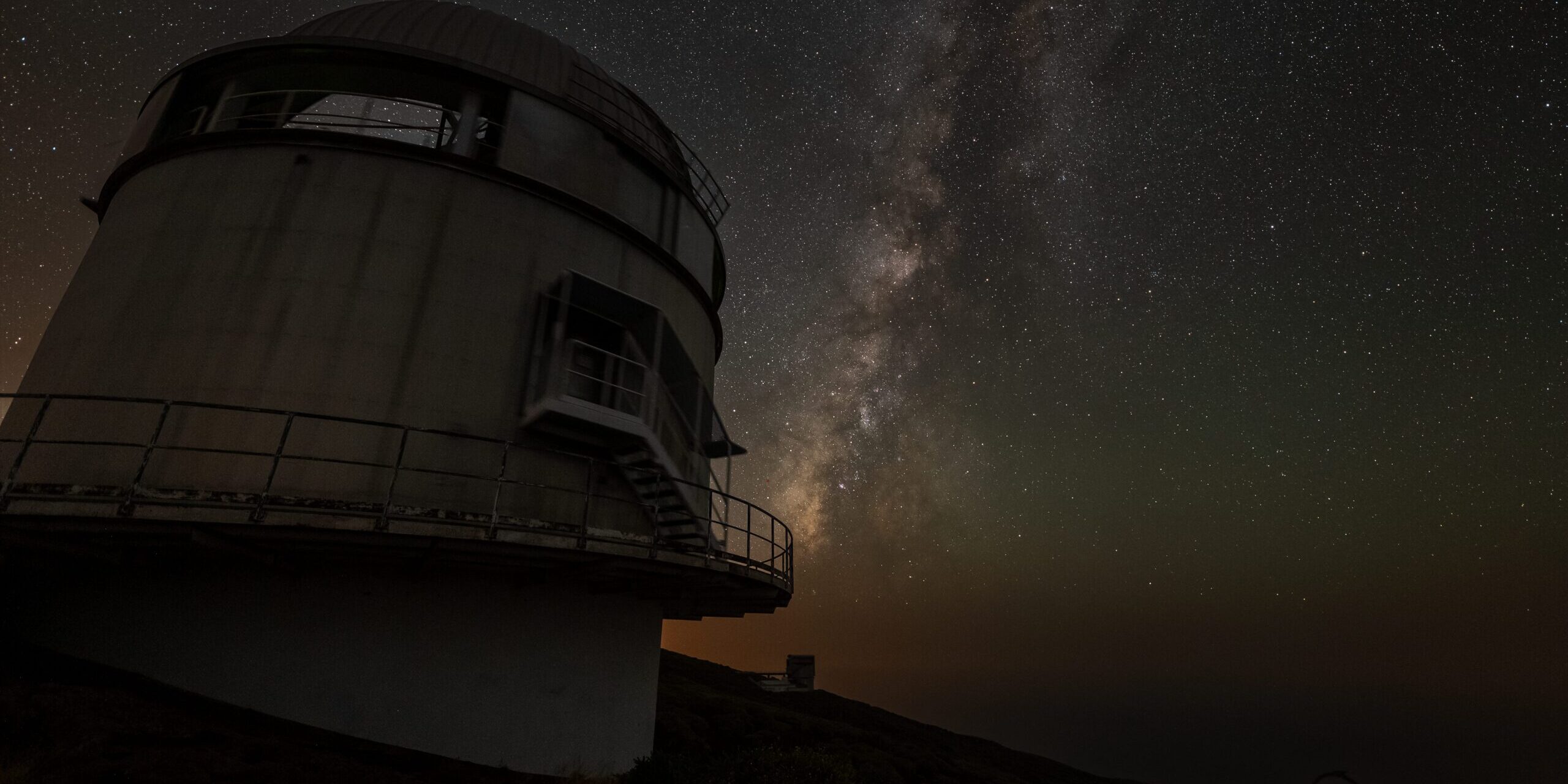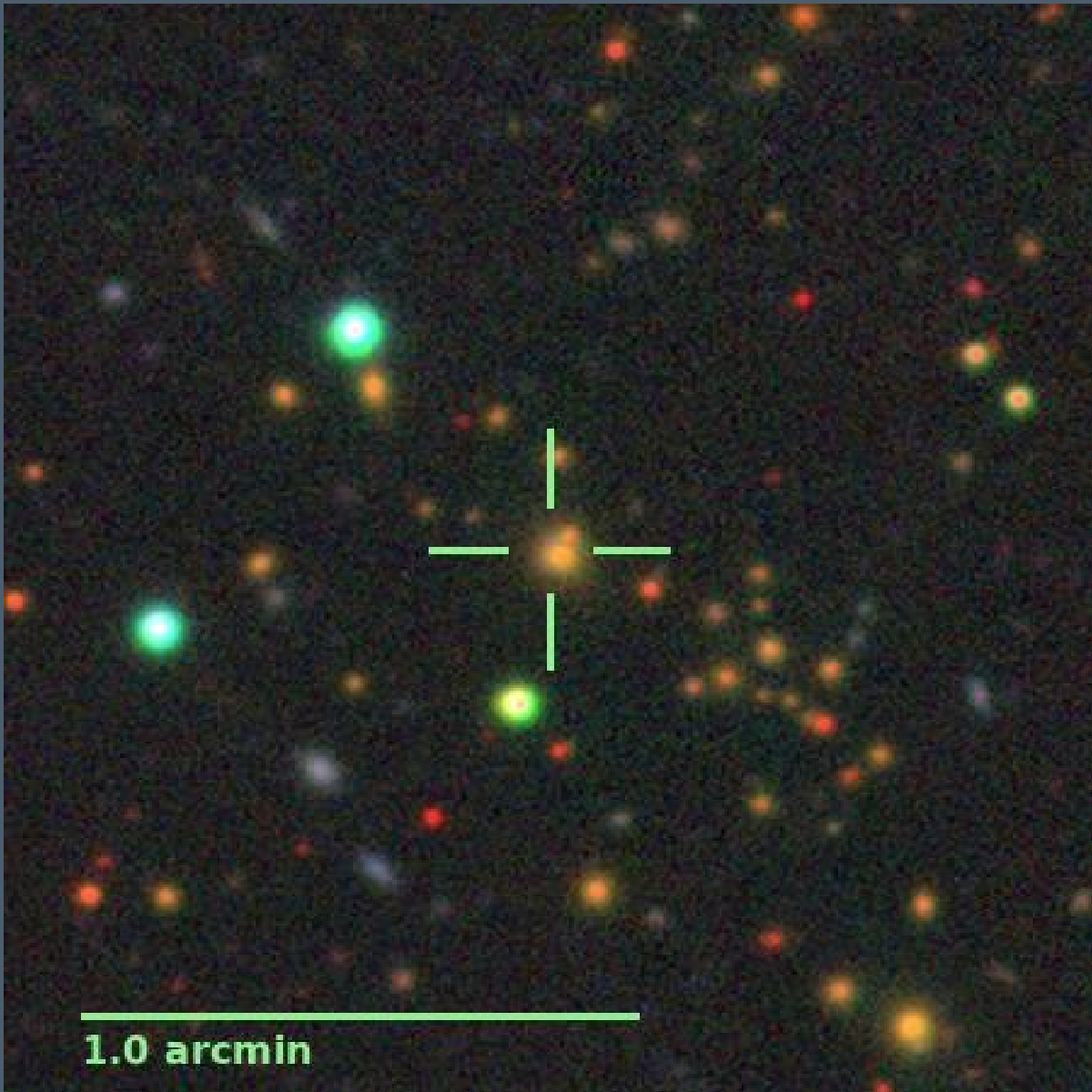New astronomical transients (ATs) are named in alphabetical order in every given year. The first event of year 2024 is called AT2024A followed by AT2024B eventually reaching AT2024aa and AT2024ab and so forth. A few decades ago there were still so few discovered events that every one had a one-letter name, but now, due to the sheer number of transients discovered by the numerous wide-field transient surveys, such as GOTO, even four-letter names are common.
It so happened that an extragalactic transient, comically named AT2018cow, was among the most peculiar discovered in recent years. It had an exceptionally fast-evolving and bright optical light curve, but it was also remarkably luminous across the electromagnetic spectrum, from radio to X-rays, defying all standard models of stellar explosions. Since then, the herd has grown to ~10 similar “Cow-like” transients, but there is still no consensus on their physical origin, and the suggested scenarios have ranged from a star tidally disrupted by a 1000 solar mass black hole, to mergers of black holes and massive stars.
In their recent work, Dr. Miika Pursiainen and Dr. Tom Killestein from the University of Warwick analysed a dataset of the newest member of the Cow-like transients, AT2024wpp. The event was first discovered by the Zwicky Transient Facility in their private data stream, but GOTO obtained the earliest publicly available detection approximately 15h later. In their analysis, the authors show that AT2024wpp is physically the largest Cow-like transient, being more than three times the size of AT2018cow, making it also the brightest of the class.
The team also obtained a unique dataset of optical polarimetry of the event throughout its’ evolution with the Nordic Optical Telescope (NOT), located at the Roque de los Muchachos Observatory on La Palma, Spain, just around the corner from GOTO. Polarimetry is a powerful astronomical technique that can be used to constrain the shape of an extragalactic event such as a Cow-like transient. Zero polarisation is produced if the body is spherical in nature, but any deviation from spherical symmetry should result in a detectable polarisation signal. However, as the polarisation is dependent on the orientation of the event, a highly aspherical body can produce zero polarisation if viewed from the right angle. For example, a UFO-shaped target would produce zero polarisation if viewed face-on, and a high polarisation if viewed edge-on. As a result, data of multiple events of any given class are needed to make conclusions about their nature.
The obtained NOT polarimetry shows that AT2024wpp was consistent with zero polarisation in the observations taken after peak brightness. AT2024wpp is only the second Cow-like transient with polarimetry, and the prototype AT2018cow also showed zero polarisation at a similar phase in its evolution. As it would be difficult to explain zero polarisation of the both Cow-like transients with any other scenario, the authors conclude that the overall shape of the Cow-like transients must be at least approximately spherical. The conclusion provides new and important constraints on the geometry for theoretical scenarios trying to explain the underlying nature of these remarkable cosmic explosions.
The study is now published in the Monthly Notices of Royal Astronomical Society






